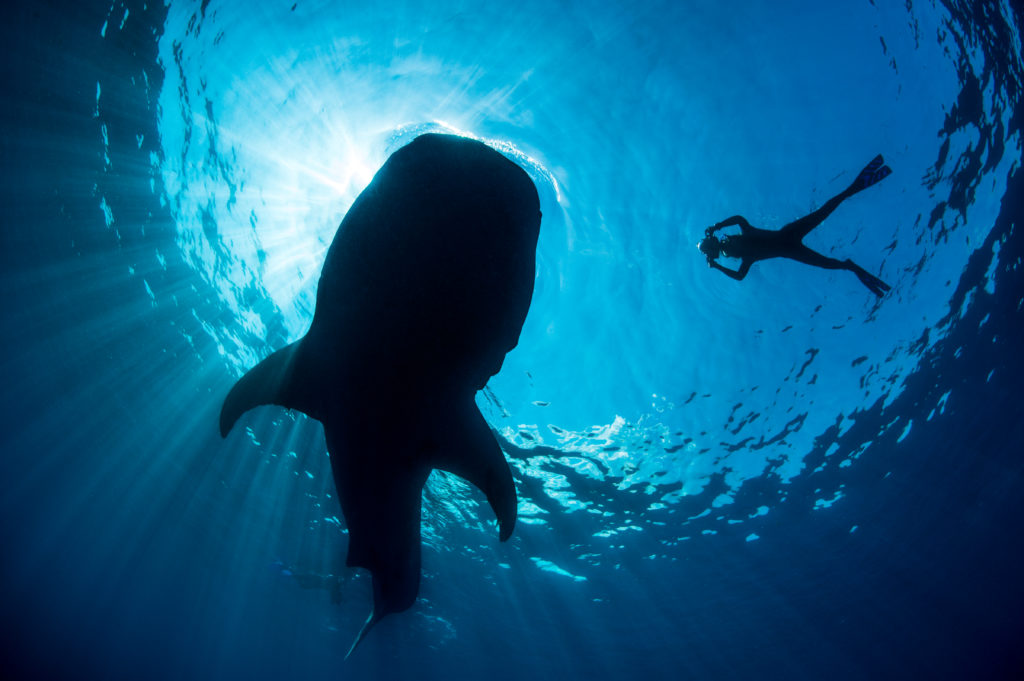7 fascinating facts about sharks
Sharks have been roaming our planet’s oceans for more than 400 million years. Their size, strength and toothy jaws have led humans to label these evolutionary marvels dangerous and indiscriminate predators. But there’s a lot more to them than meets the eye—sharks are a vital part of our marine ecosystems and need our protection.
For a quick glimpse at just how incredible these creatures are, here are seven fascinating facts about sharks.
1. There are more than 400 species worldwide
Thanks to classic films like Spielberg’s Jaws, when we think about sharks it’s often a great white that comes to mind. But there are hundreds of different shark species, ranging from the 20-centimetre dwarf lantern shark to the 12-metre whale shark. The waters bordering Canada alone are home to 28 types, including the Greenland shark in the Arctic and the spiny dogfish.
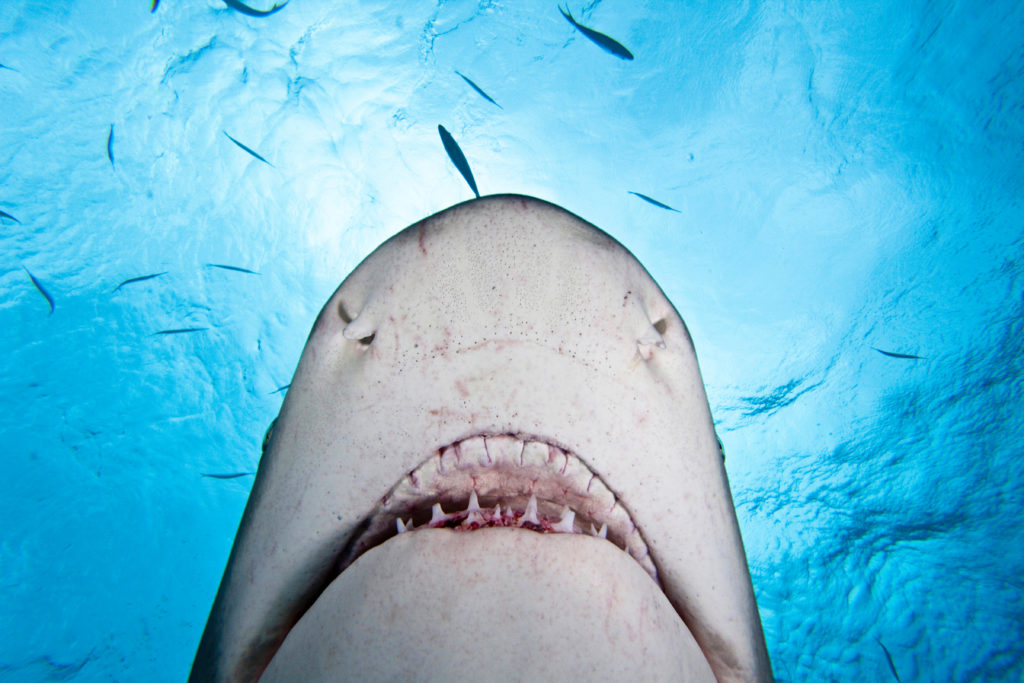
2. They lose tens of thousands of teeth in a lifetime
Sharks continually shed and replace their teeth, losing as many as 30,000 (!) in a lifetime. Luckily, sharks have multiple rows of teeth, though the number of rows varies from species to species. Every time a shark loses a tooth, one in the row behind moves forward to take its place. It’s able to do this because shark teeth are not embedded in their jaws but attached to the skin covering it.

3. Their teeth have built-in toothpaste
You’d think that after chomping on all those seals and fish, a shark’s pearly whites would start to decay. But scientists discovered that sharks may have the healthiest teeth in the animal kingdom — the outer coating contains fluoride, the active ingredient in most toothpaste and mouthwash.
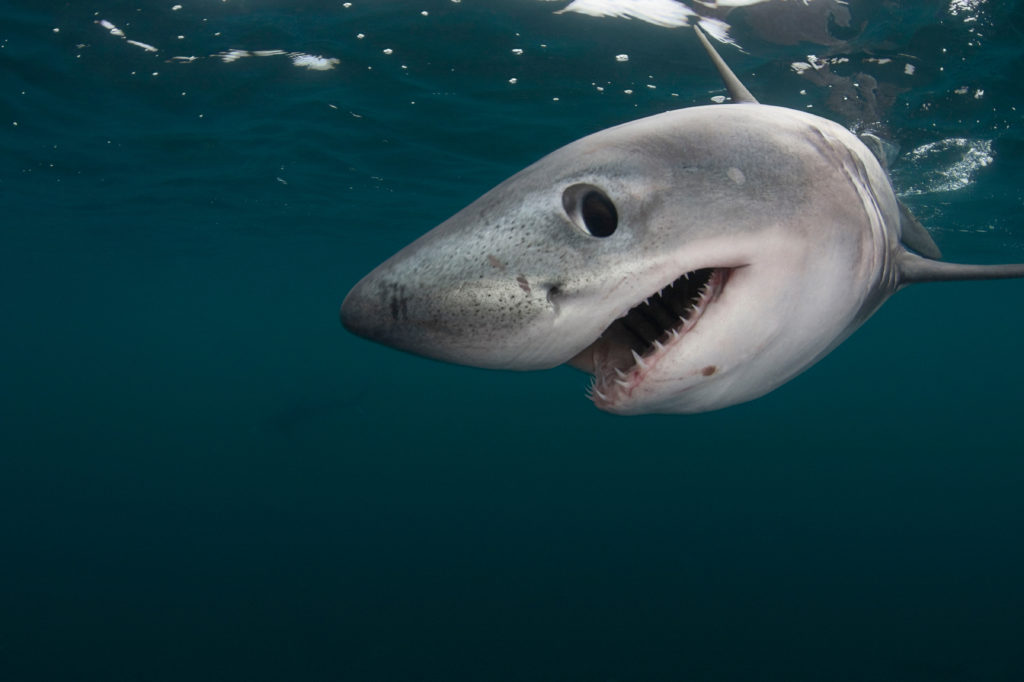
4. Skin on females can be twice as thick as males
Covered with millions of tiny modified teeth called dermal denticles, shark skin is incredibly tough, especially on females. In fact, some female sharks have skin twice as thick as their male counterparts. This ensures little damage is done during the mating process, since males must bite the female’s back, flanks and fins to get into the proper mating position. While these bites are less vicious than feeding bites, they can still inflict wounds.
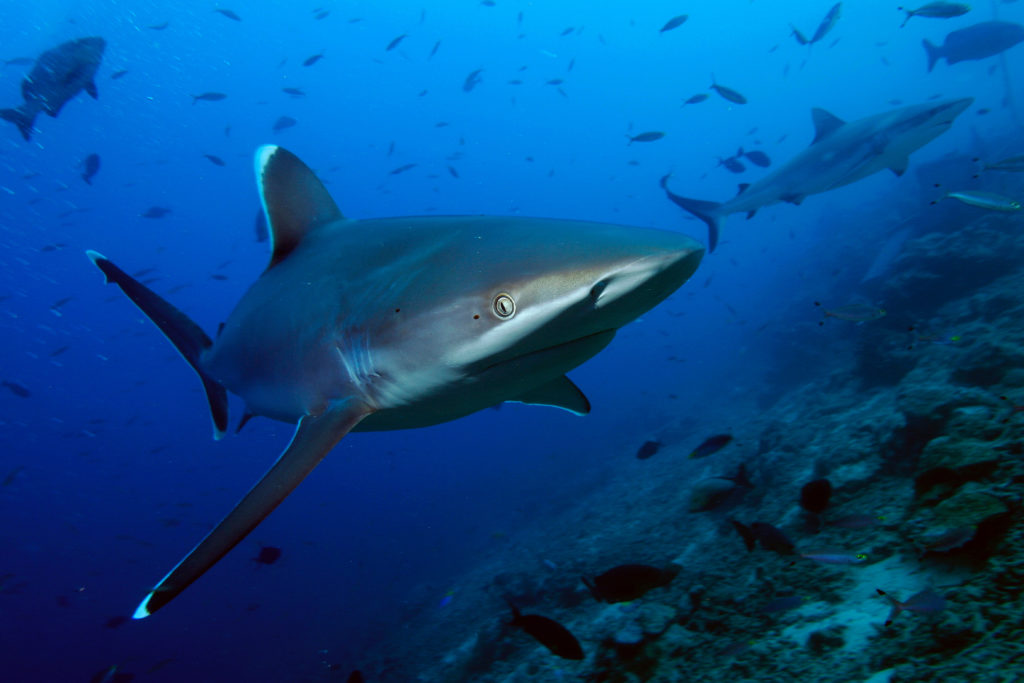
5. They have a sixth sense
Sharks are known to have a super keen sense of sound, smell and sight. But some species also have a sixth sense known as electroreception. This network of jelly-filled pores located in their head gives them the ability to detect electrical impulses from other living organisms, including the heartbeat of hidden or camouflaged fish. That’s why some sharks rely on their electroreceptors to find prey.
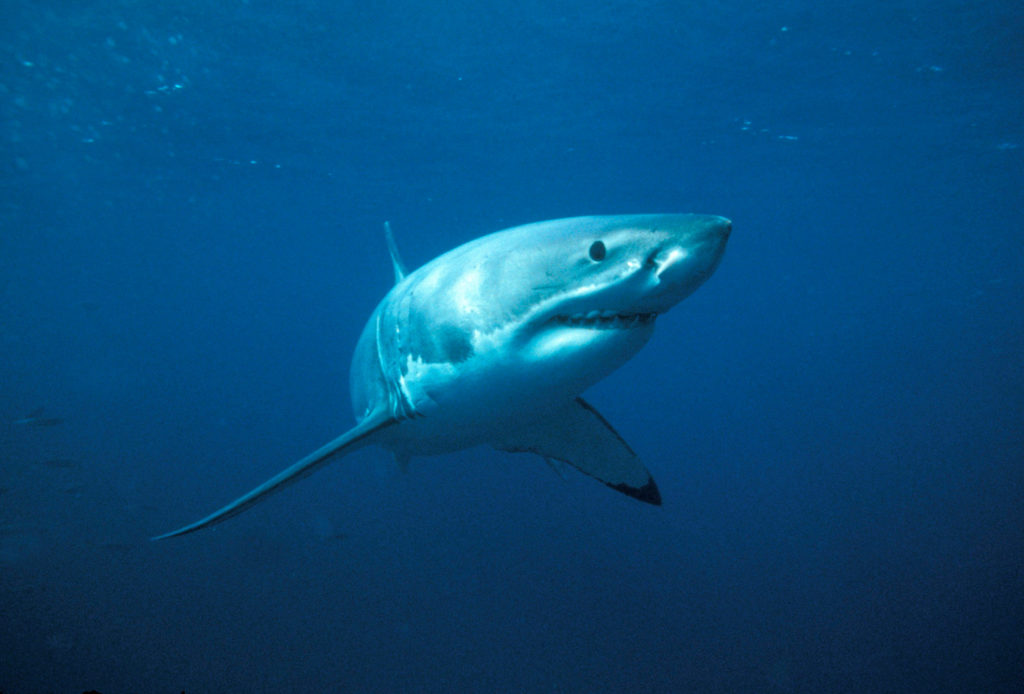
6. Some females can reproduce independently
Some female sharks are able to give birth without the help of males. This natural form of asexual reproduction, in which the growth and development of an embryo occurs without fertilization, is known as “parthenogenesis,” which stems from the Greek words “virgin” and “creation.” This usually occurs when the egg genome is doubled to generate an embryo with the proper number of chromosomes and has been documented in multiple shark species.

7. They’re relatively harmless
Although people kill up to 100 million sharks per year, few shark attacks on humans are fatal and researchers believe most shark attacks are cases of mistaken identity. Sharks might confuse a human’s thrashing arms or dangling feet for prey, but once they take a bite and realize it’s not a seal or fish, they’ll often let go. Even those bites are rarer than Hollywood will have you believe — you’re more likely to get struck by lightning than attacked by a shark.
